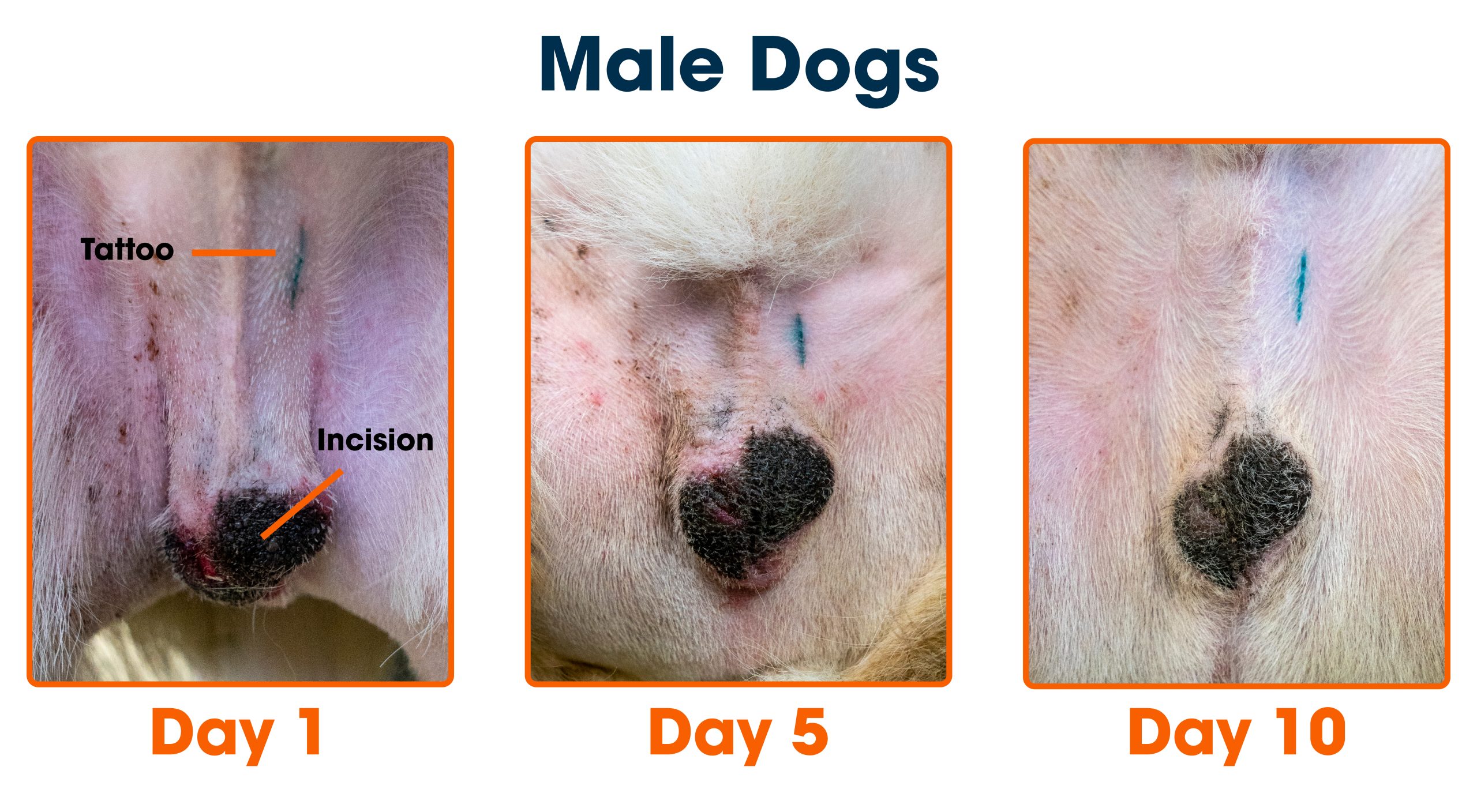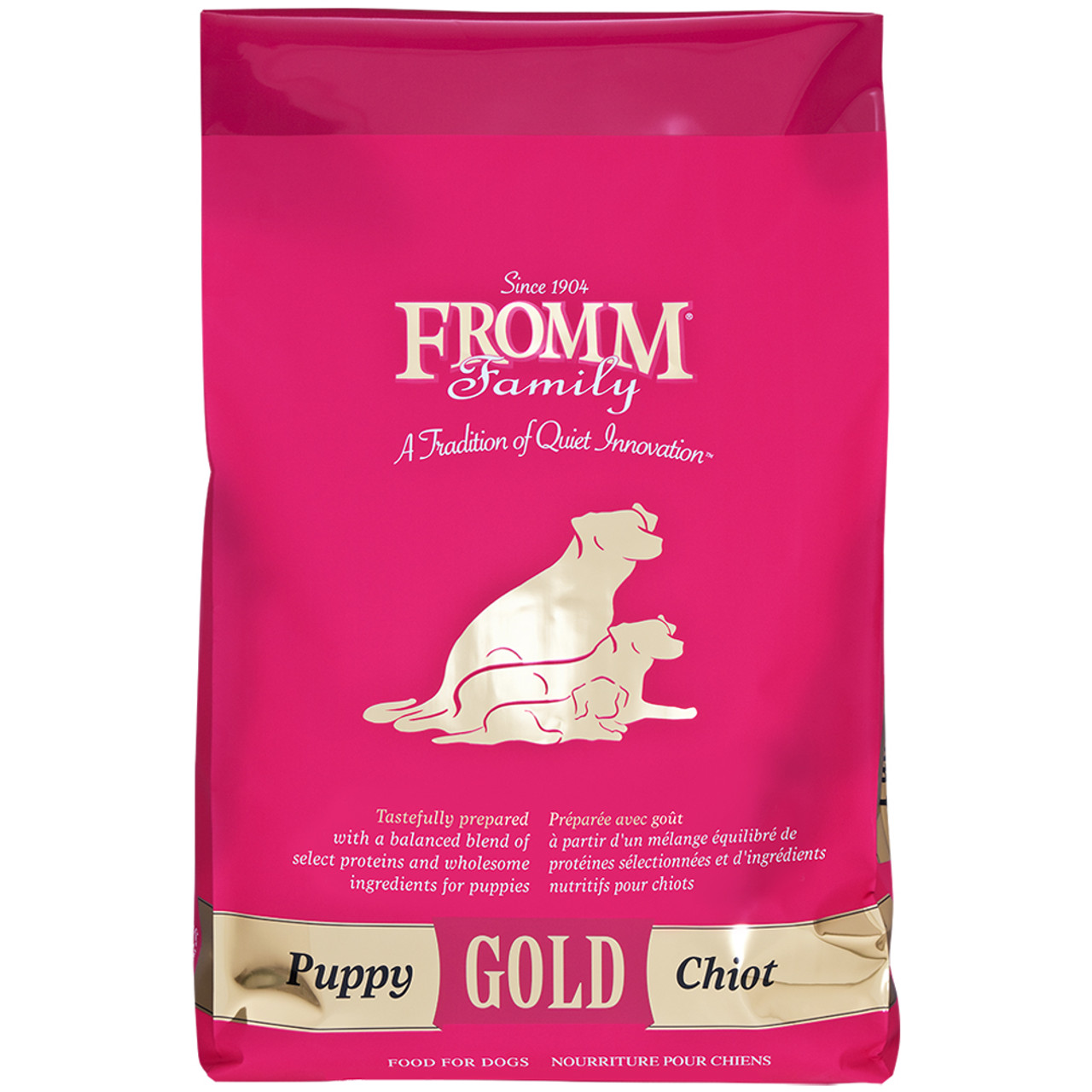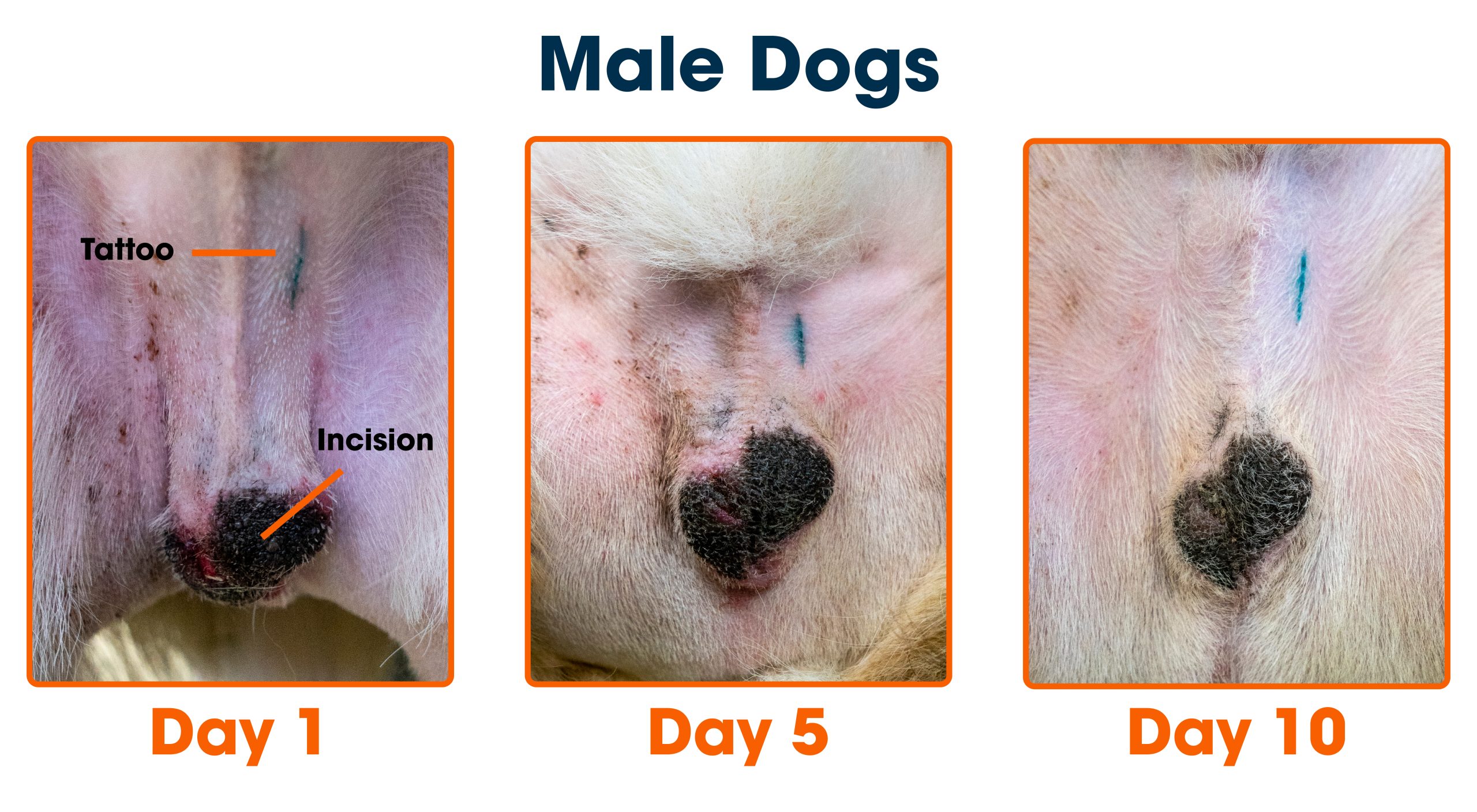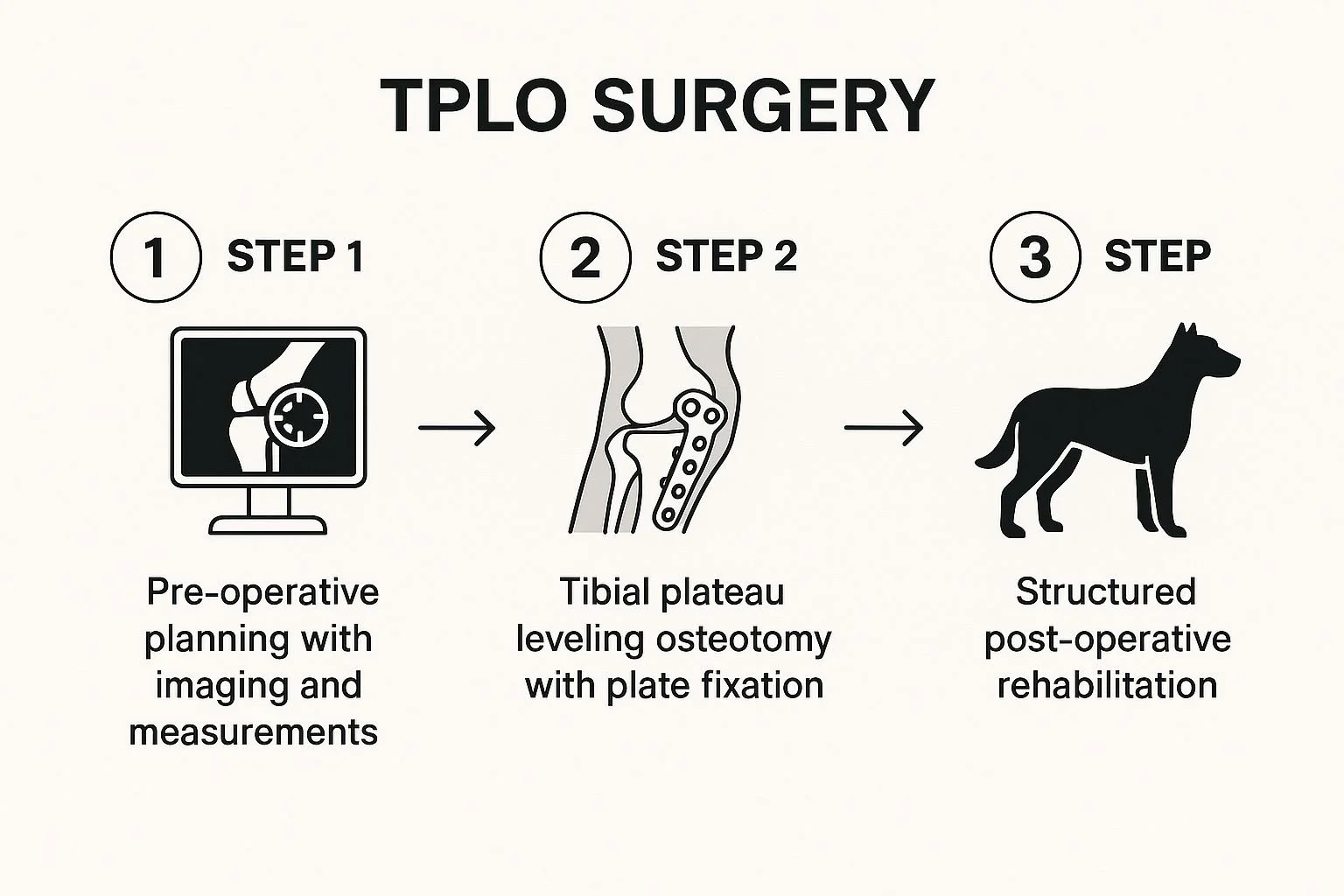If you have a dog, you probably wonder how much dog insurance will cost you. You want to protect your furry friend without breaking the bank.
But figuring out the price can be confusing. What factors affect the cost? Is it worth the investment? You’ll discover clear answers to these questions. By the end, you’ll know exactly what to expect and how to find the best insurance for your dog and your budget.
Keep reading to make a smart choice that keeps your dog safe and your wallet happy.
Factors Influencing Dog Insurance Costs
Understanding what influences the cost of dog insurance can help you make smarter choices for your pet’s health coverage. Various factors play a role in determining your monthly or annual premiums. Knowing these can save you money and ensure your dog gets the protection they need.
Breed And Age Considerations
Your dog’s breed has a big impact on insurance costs. Some breeds are more prone to health issues like hip dysplasia or heart conditions, which can push premiums higher. For example, larger breeds like German Shepherds often face higher rates than smaller breeds like Chihuahuas.
Age matters too. Puppies generally cost less to insure, but premiums increase as your dog gets older. This is because older dogs are more likely to develop illnesses or need expensive treatments.
Location And Regional Variations
Where you live affects dog insurance costs more than you might expect. Urban areas with higher veterinary fees often mean higher premiums. Rural areas might offer cheaper rates but could have fewer vet options covered by your plan.
Think about your zip code’s typical vet costs and pet health trends. These regional differences can cause the same insurance policy to cost quite differently depending on your location.
Coverage Level Choices
The type of coverage you pick directly influences your premium. Basic plans that cover accidents only will cost less than comprehensive policies that include illness, hereditary conditions, and routine care.
Deciding between higher deductibles or lower monthly payments is another factor. Would you prefer to pay more monthly for peace of mind or save upfront and risk paying out-of-pocket later? This balance affects your total insurance spend.
Types Of Dog Insurance Plans
Dog insurance plans come in different types. Each plan covers specific needs and costs. Choosing the right plan can save money and provide peace of mind. Understanding the types helps decide what fits best for your dog.
Accident-only Plans
Accident-only plans cover injuries from accidents. They include broken bones, cuts, and swallowed objects. These plans do not pay for illnesses or regular care. They tend to have lower monthly premiums. Ideal for dogs with low health risks.
Comprehensive Coverage
Comprehensive coverage protects against accidents and illnesses. It covers surgeries, treatments, and hospital stays. Some plans also cover hereditary and chronic conditions. Monthly costs are higher than accident-only plans. Best for dogs needing full medical protection.
Wellness Add-ons
Wellness add-ons pay for routine care like vaccinations and check-ups. They can include flea treatments, dental cleanings, and spaying. These add-ons usually cost extra each month. Good for pet owners wanting to manage yearly health costs. They help keep dogs healthy and prevent bigger issues.
Comparing Premiums And Deductibles
Understanding the balance between premiums and deductibles is key to finding dog insurance that fits your budget and needs. Premiums are the regular payments you make, while deductibles are the amounts you pay out-of-pocket before coverage kicks in. Knowing how these two factors interact can help you make smarter choices and avoid surprises when you need to use your policy.
Monthly Vs. Annual Payments
Paying your dog insurance monthly offers flexibility and spreads out the cost, which can be easier on your wallet. However, many insurers provide a discount if you pay annually, saving you money over the year.
Think about your cash flow: can you afford a larger upfront payment to save in the long run? Or do smaller monthly payments fit better with your budget? Choosing the right payment schedule can impact your overall costs and peace of mind.
Impact Of Deductible Levels
Deductibles directly affect your premium amount. A higher deductible usually means lower monthly payments because you cover more costs before insurance pays.
But ask yourself: Are you comfortable paying a bigger amount out-of-pocket during emergencies? If your dog is prone to health issues, a lower deductible might save you money and stress when vet bills arrive.
Discount Opportunities
Many insurers offer discounts that can reduce your premiums significantly. These might include multi-pet discounts, annual payment discounts, or even discounts for dogs that are spayed or neutered.
Don’t hesitate to ask your insurer about available discounts. Small savings add up, and you might be surprised by what you qualify for just by asking or bundling policies.

Credit: medium.com
Evaluating Coverage Options
Choosing the right dog insurance means looking beyond just the price tag. You need to understand what the policy actually covers and where it falls short. Knowing the details helps you avoid surprises when you file a claim and ensures your furry friend gets the care they deserve.
Exclusions And Limitations
Every dog insurance policy has exclusions. These are conditions or treatments the insurer won’t pay for.
Common exclusions include routine care like vaccinations or flea treatments. Some policies also limit coverage on hereditary conditions or specific breeds.
Check if the policy caps the amount reimbursed per condition or per year. These limits can affect how much you ultimately pay out of pocket.
Pre-existing Conditions
Most dog insurance plans don’t cover pre-existing conditions. These are health issues your dog had before the policy started.
If your dog has allergies or past injuries, you might find that these won’t be covered. Some insurers exclude conditions that showed symptoms before coverage began, even if undiagnosed.
Ask yourself: Is it worth paying for coverage that won’t help with your dog’s current health problems? Sometimes, a policy focusing on future incidents offers better value.
Reimbursement Policies
Understanding how reimbursement works can save you money and stress. Some insurers pay a percentage of the vet bill, while others offer fixed benefit amounts.
You usually pay the vet first, then submit the bill for reimbursement. Look for policies with fast claim turnaround times.
Also, check whether the insurer uses usual and customary fees or actual vet charges. This can make a big difference in how much you get back.
Tips For Lowering Insurance Costs
Lowering dog insurance costs can make coverage more affordable. Small changes and smart choices reduce monthly payments. Many pet owners find useful ways to save without cutting coverage. Simple strategies help balance protection and price.
Bundling Insurance Policies
Combine your pet insurance with other policies like home or auto. Bundling often brings discounts from insurance providers. This lowers the total cost for each policy. Check if your company offers bundle deals. It reduces hassle by managing all policies in one place.
Choosing Higher Deductibles
Select a higher deductible to lower your monthly premium. This means paying more upfront if your dog needs care. But monthly bills become smaller and easier to handle. Choose a deductible that fits your budget and risk level. It helps balance costs over time.
Utilizing Discounts And Rewards
Ask about discounts for your dog’s breed, age, or health. Some companies offer savings for multiple pets or paying annually. Look for rewards programs that reduce costs for good pet care. These offers cut your bill without losing coverage quality. Always inquire about available discounts before buying.

Credit: www.facebook.com
Understanding Policy Terms
Understanding the terms of your dog insurance policy is essential to avoid surprises later. These details dictate what your coverage includes, how you can use it, and the steps you need to take if you make a claim. Paying close attention to these terms helps you get the most value from your policy without hidden costs or frustration.
Terms And Conditions
Every dog insurance plan comes with its own set of rules and limits. These terms explain what illnesses, injuries, and treatments are covered, along with any exclusions or waiting periods.
For example, some policies might not cover pre-existing conditions or certain hereditary issues. Check if routine care, like vaccinations or dental cleanings, is included or requires an extra add-on.
Ask yourself: Does this policy protect my dog against the common health risks they might face? Understanding the fine print can save you from unexpected out-of-pocket expenses.
Cancellation Policies
Cancellations can happen, whether you find a better plan or your dog’s needs change. Knowing the rules around canceling your policy is crucial.
Some insurers allow cancellations anytime with a refund for unused premiums, while others may charge fees or have strict time frames. Also, consider how cancellation affects claims already in process.
Think about how flexible you want your coverage to be. Would you prefer a plan that lets you pause or cancel without penalties, or are you okay with stricter terms if the price is lower?
Claims Process
The ease of filing a claim can make a big difference when your dog needs care. Some companies require you to pay the vet upfront and wait for reimbursement, while others work directly with clinics.
Look for details on what documents you need, how quickly claims are processed, and if there are limits on how many claims you can file per year. A slow or complicated claims process can add stress during emergencies.
Ask yourself: How much time and effort am I willing to invest in getting reimbursed? Choosing a policy with a straightforward claims system can give you peace of mind when your dog’s health is at stake.
Selecting The Right Provider
Selecting the right dog insurance provider is a key step in protecting your pet without overspending. Not all companies offer the same benefits or customer service quality. Choosing wisely ensures good coverage and smooth claims.
Focus on the company’s trustworthiness, customer experiences, and expert opinions. These factors help you find a provider that fits your dog’s needs and your budget.
Researching Company Reputation
Check how long the company has served pet owners. Look for awards or certifications that show reliability. A strong reputation often means faster claims and better support.
Compare the coverage options and pricing with other providers. Transparent policies and clear terms reduce surprises later. Avoid companies with many unresolved complaints.
Reading Customer Reviews
Read reviews from current and past customers. They reveal real experiences with claims, customer service, and payouts. Positive reviews show satisfaction and trust.
Focus on detailed feedback rather than just star ratings. Look for patterns in complaints or praise. Reviews help spot potential problems early.
Consulting Veterinary Professionals
Ask your vet for insurance recommendations. Vets often know which companies pay promptly and cover needed treatments. Their advice reflects firsthand experience with insurers.
Discuss your dog’s specific health needs. Your vet can help identify the best coverage types. This ensures your dog gets proper care without extra costs.

Credit: www.facebook.com
Frequently Asked Questions
How Much Does Dog Insurance Typically Cost?
Dog insurance usually costs between $20 and $50 per month. Factors like breed, age, and coverage affect the price. Higher coverage plans or older dogs tend to cost more. Comparing providers helps find the best rate for your dog’s needs.
What Factors Influence Dog Insurance Premiums?
Premiums depend on your dog’s breed, age, health, and location. Coverage type and deductible amounts also impact cost. Dogs prone to health issues or living in high-cost areas usually have higher premiums.
Is Dog Insurance Worth The Monthly Cost?
Dog insurance can save money on unexpected vet bills. It provides peace of mind for accidents and illnesses. If your dog is young and healthy, it may be more affordable and beneficial long-term.
Can I Reduce My Dog Insurance Premiums?
Yes, increasing deductibles or choosing basic coverage lowers premiums. Some providers offer discounts for multiple pets or good health history. Regular vet check-ups and preventive care also help reduce costs.
Conclusion
Choosing dog insurance depends on your budget and needs. Costs vary by breed, age, and coverage type. Basic plans cost less but cover fewer issues. More comprehensive plans cost more but offer better protection. Compare different policies carefully before deciding.
Remember, insurance helps manage unexpected vet bills. It brings peace of mind for your pet’s health. Protecting your dog can save money in the long run. Think about what matters most for your furry friend. Dog insurance is a smart way to care for them.







